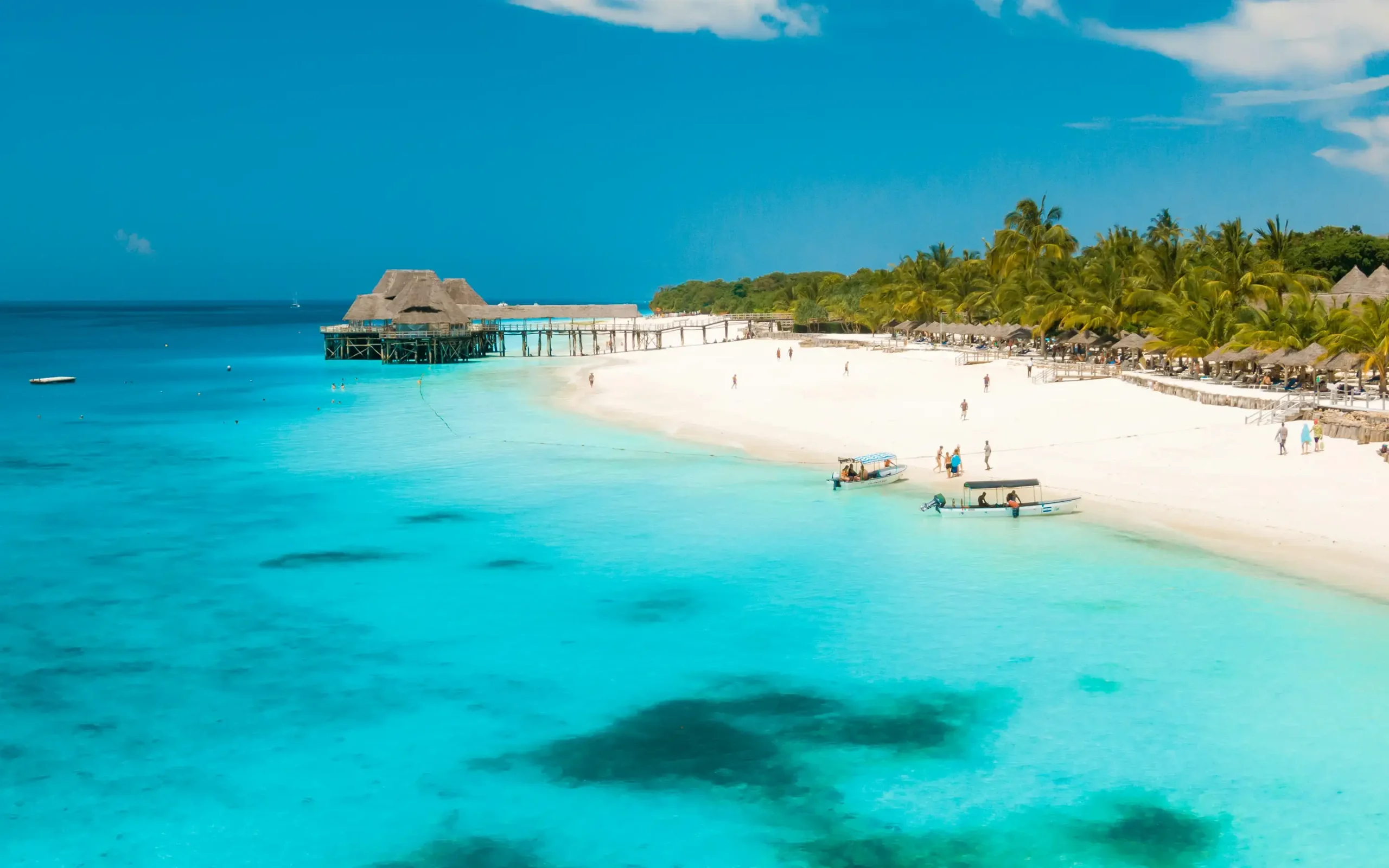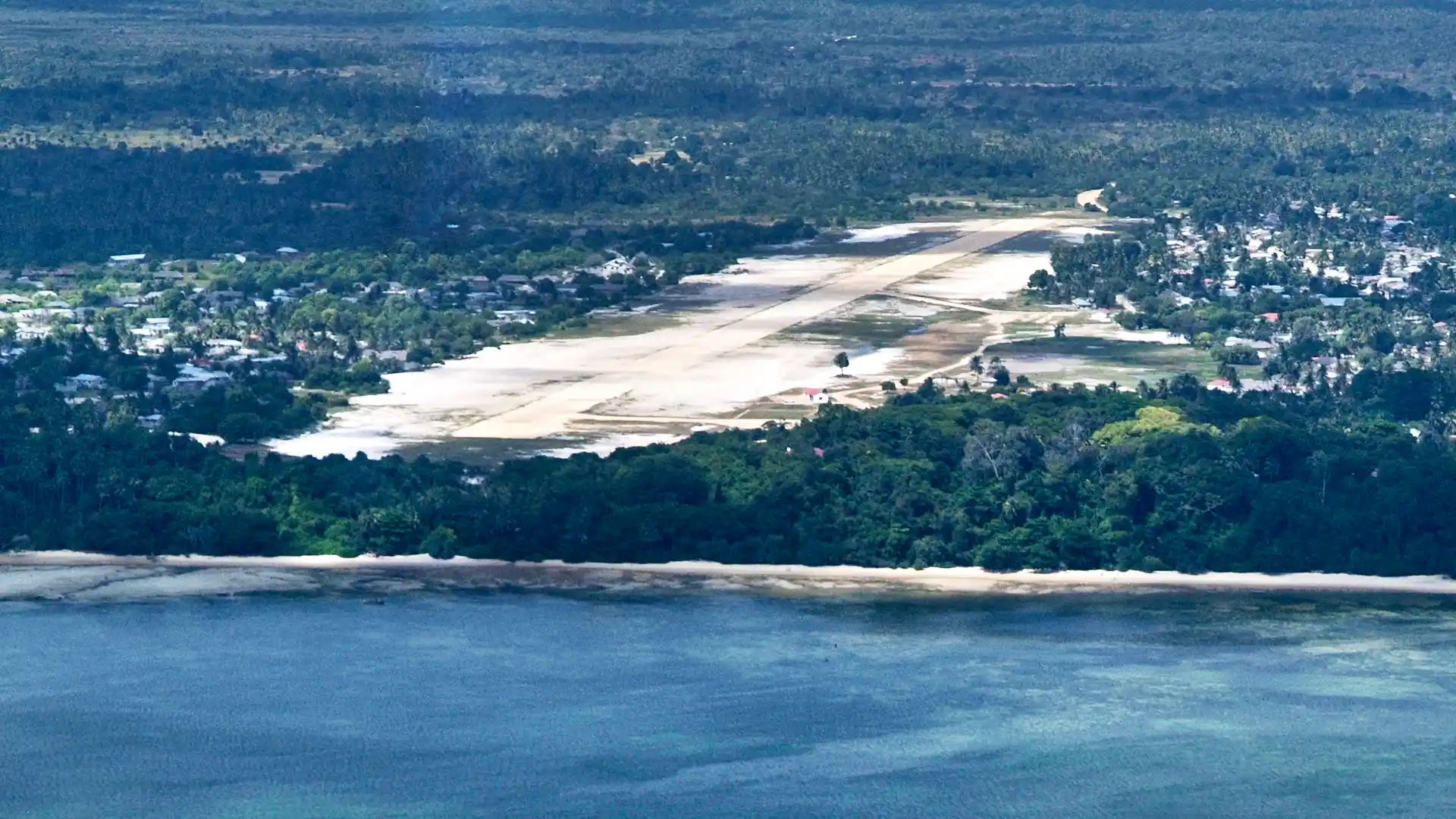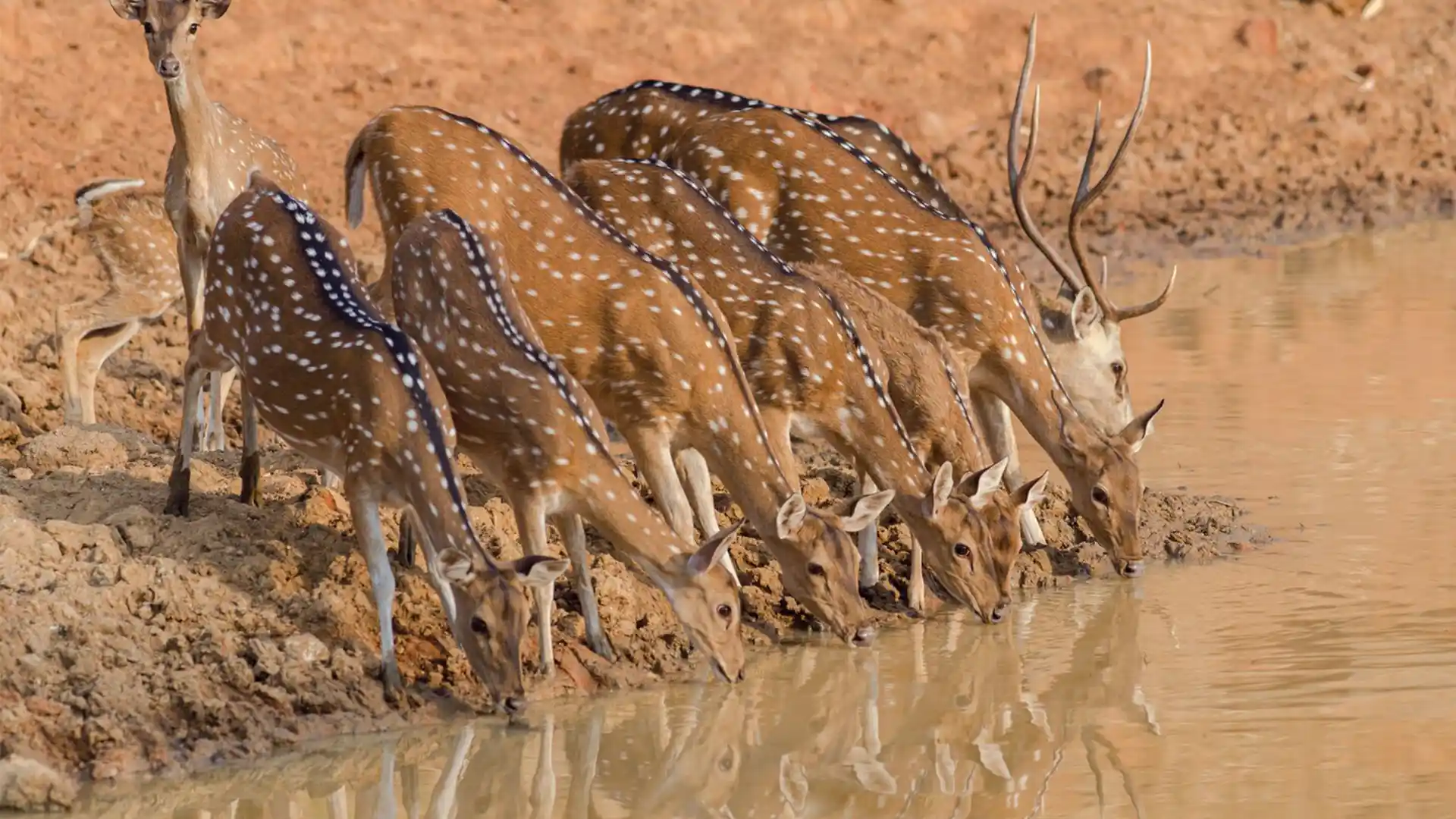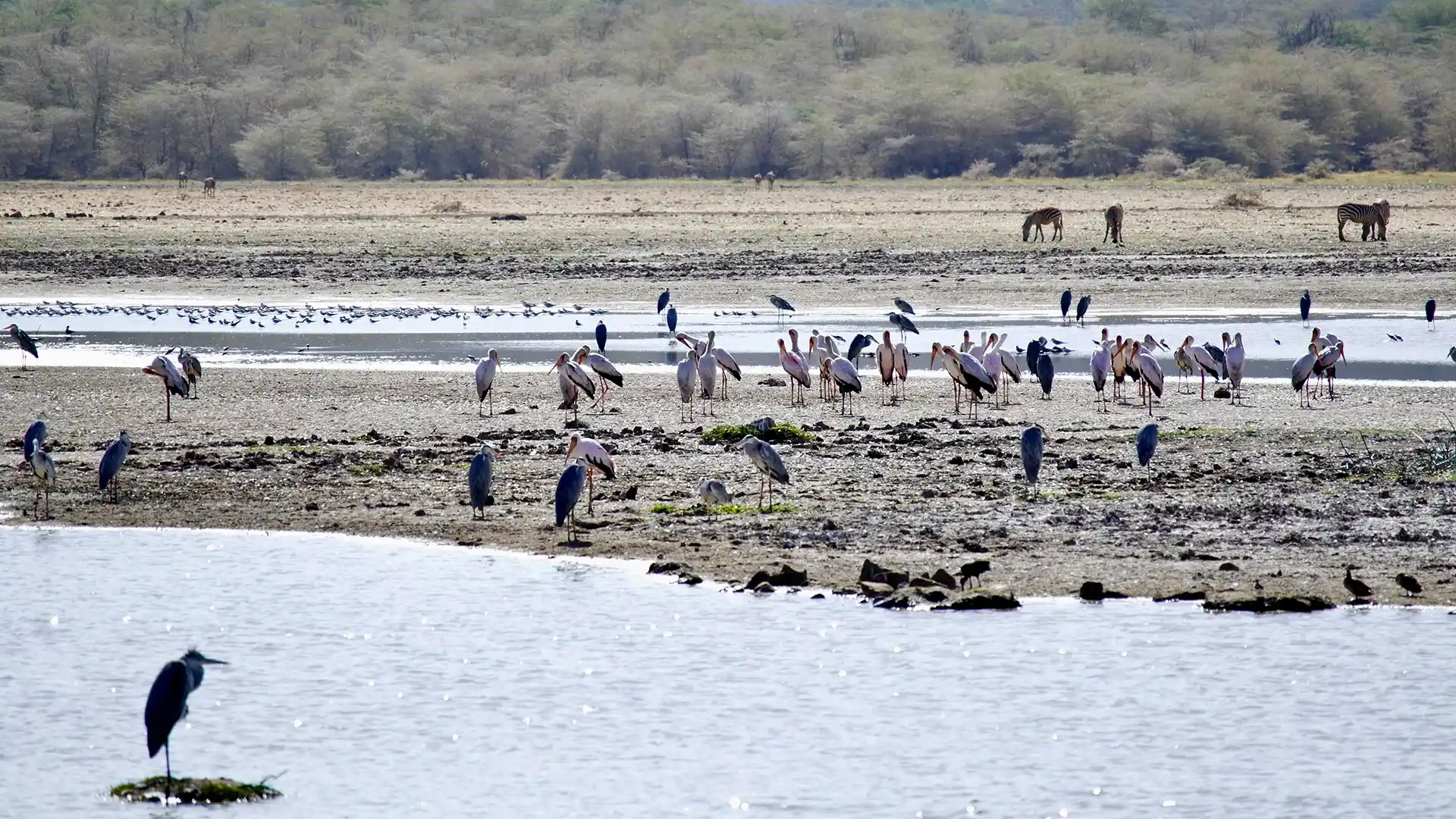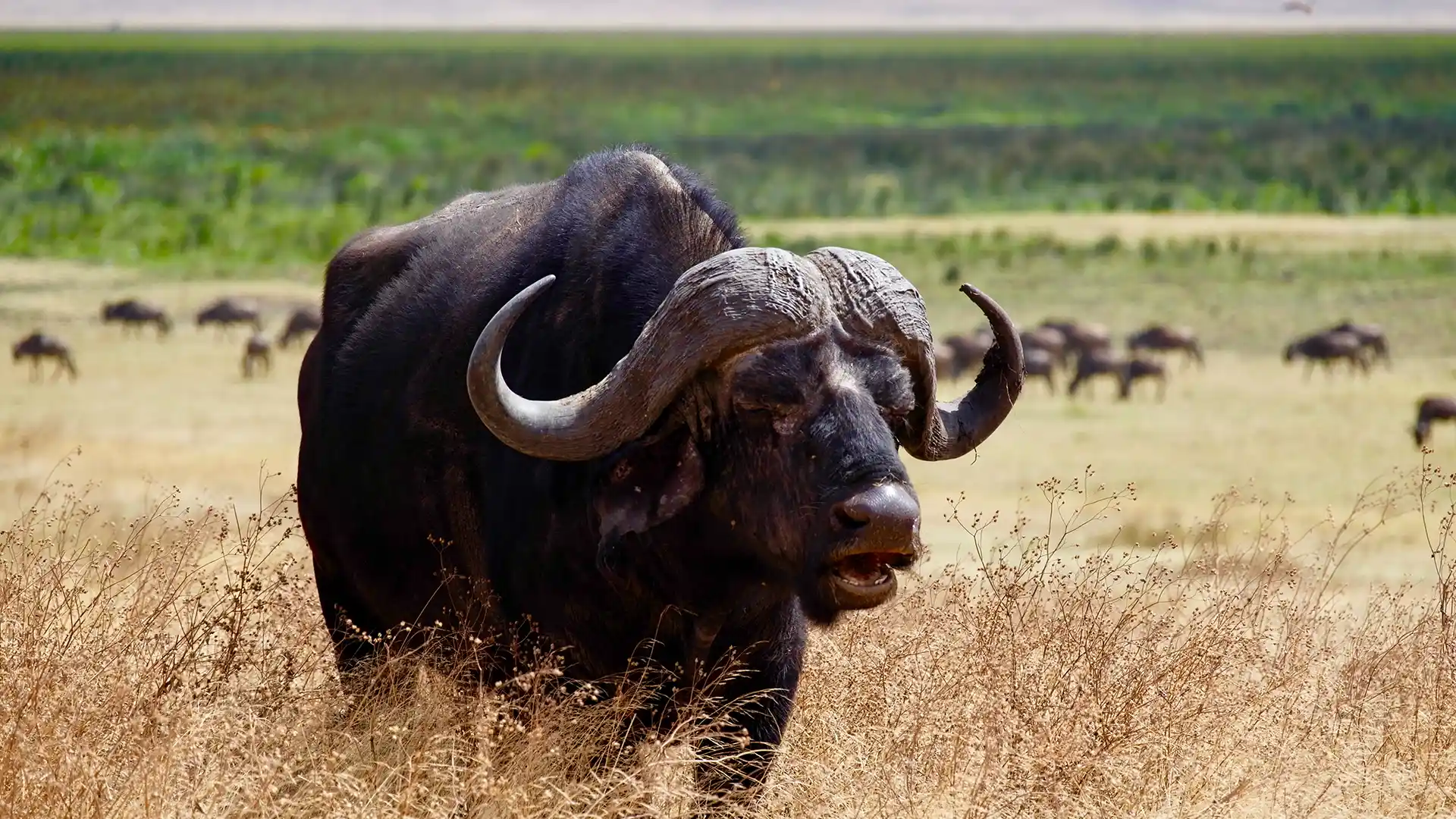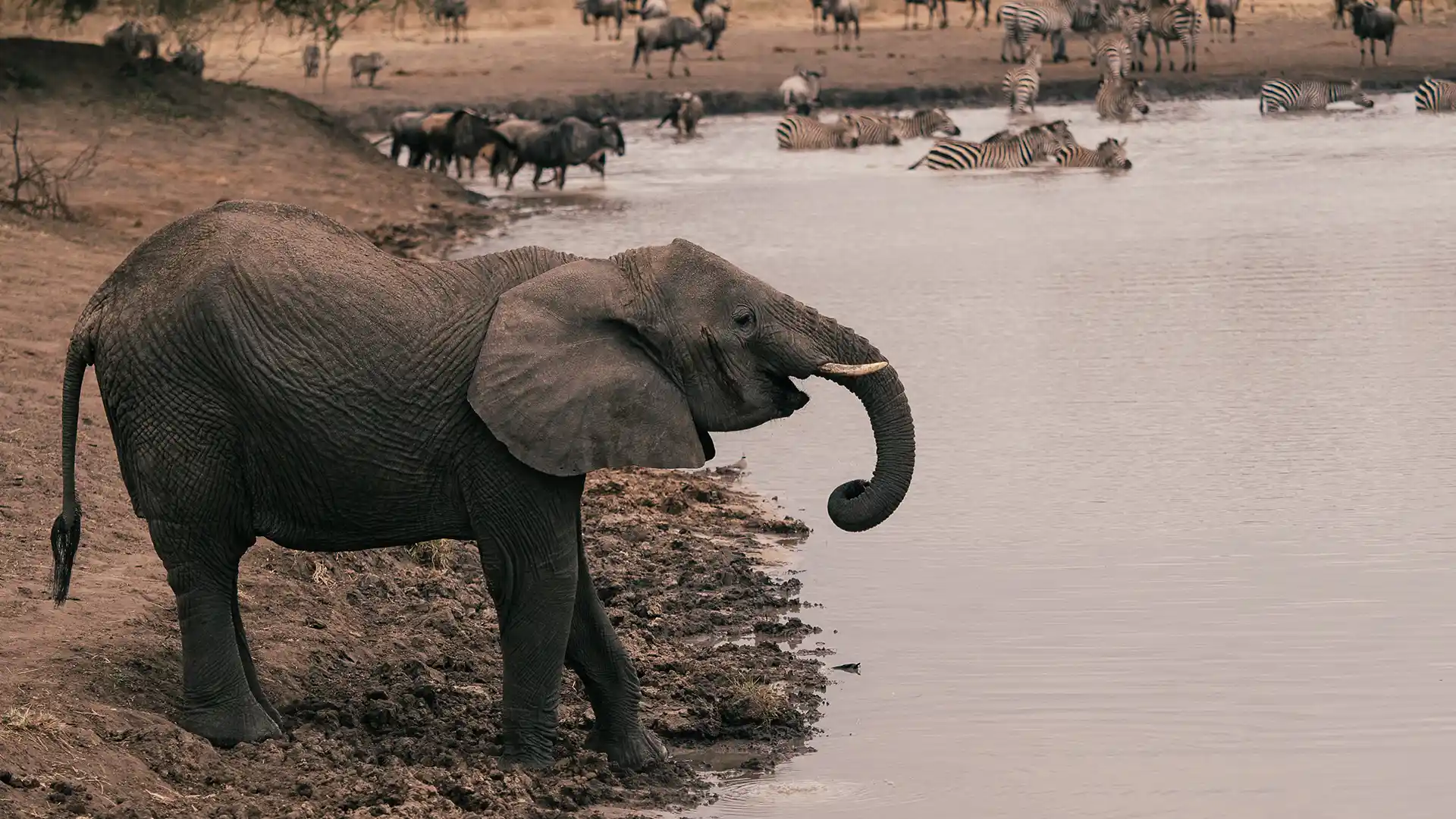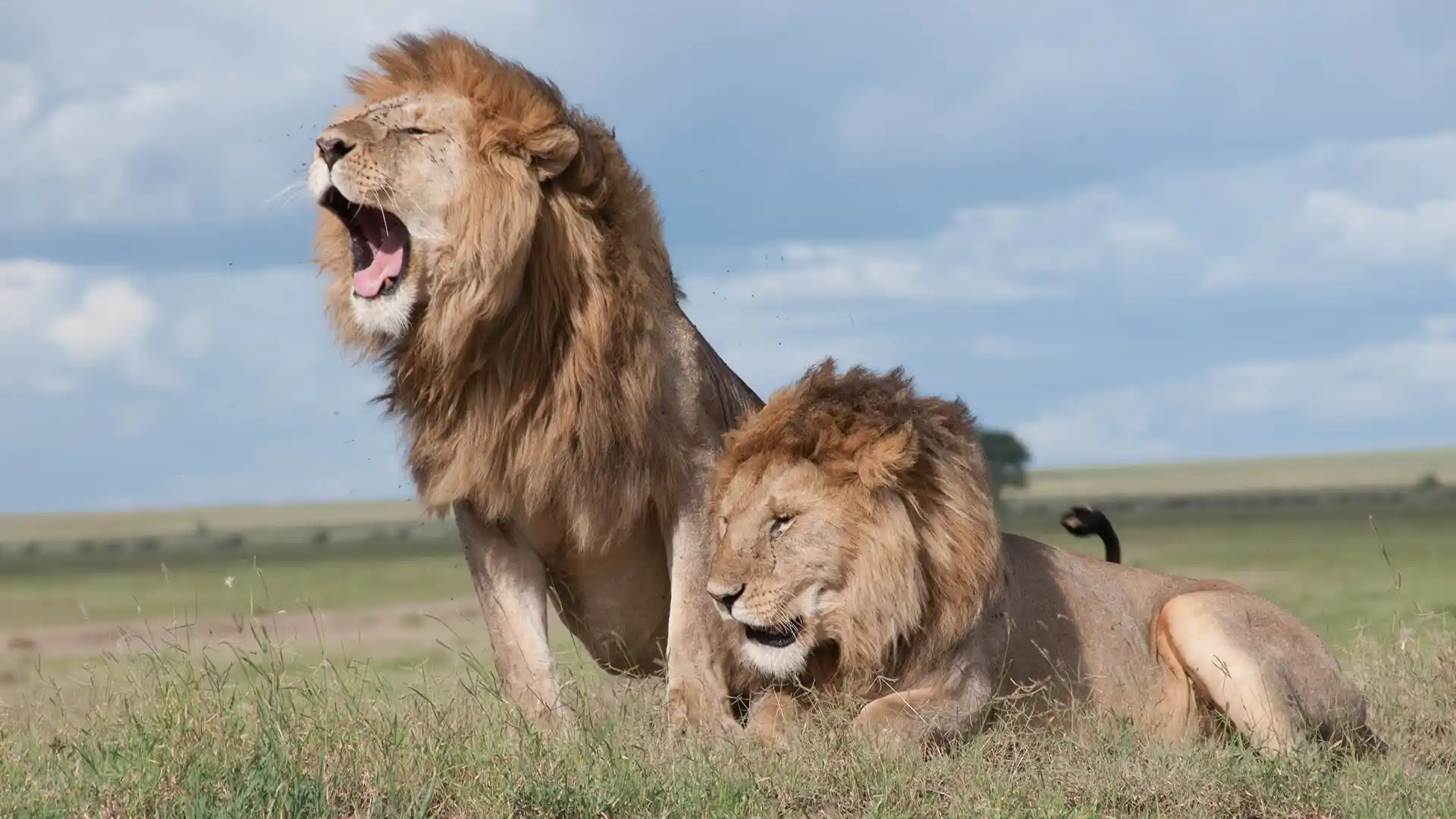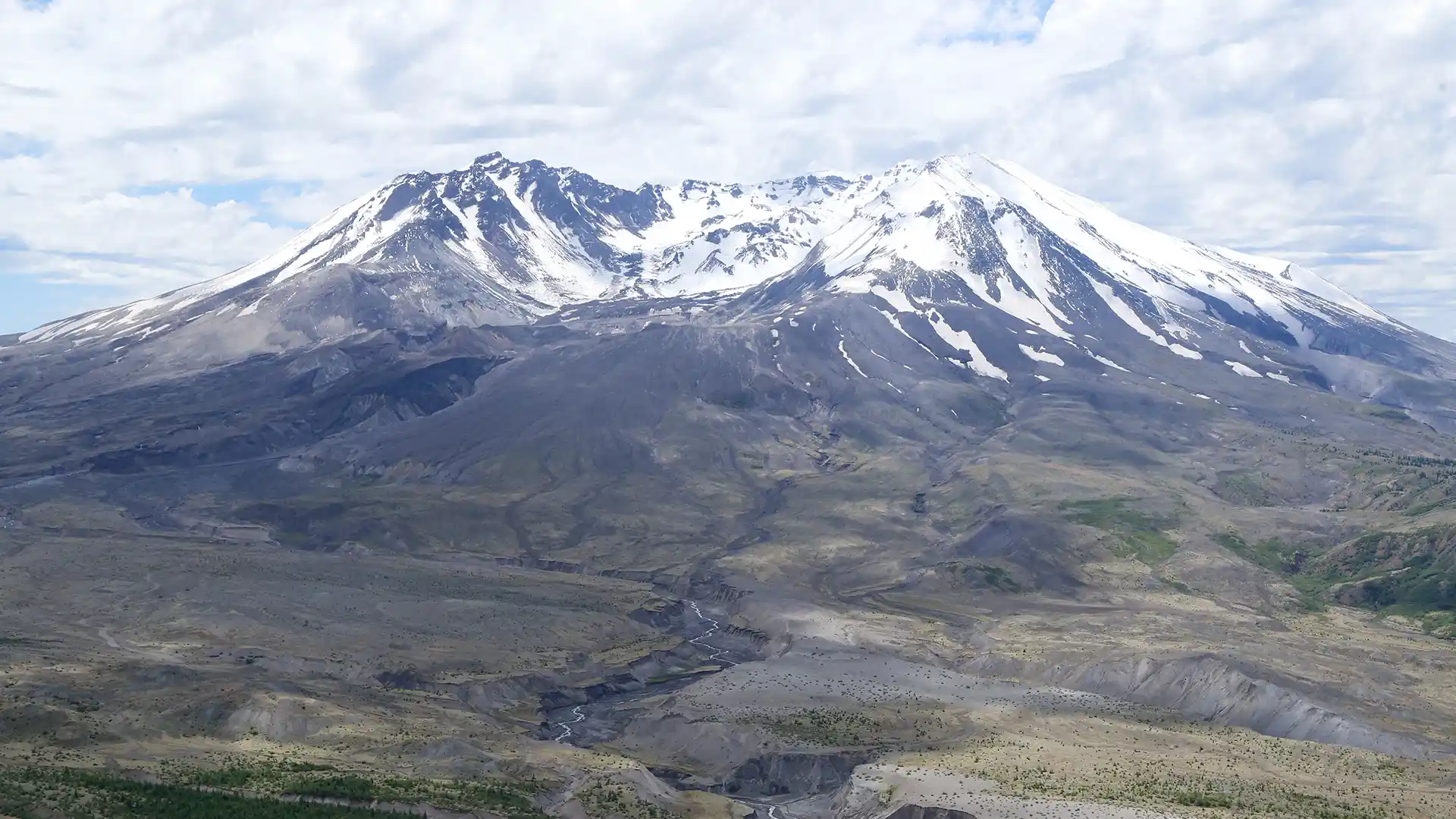Experience Breathtaking Tanzania
Experience Breathtaking Tanzania Tanzania
About Tanzania
Tanzania, an East African gem, is celebrated for its diverse landscapes, rich wildlife, and vibrant cultures, making it a top destination for nature lovers and adventure seekers. Home to some of the most iconic natural wonders, Tanzania offers unparalleled experiences from the vast plains of the Serengeti, famous for the Great Migration, to the towering peaks of Mount Kilimanjaro, Africa’s highest mountain. The country is also home to the stunning Ngorongoro Crater, a UNESCO World Heritage site, and the pristine beaches of Zanzibar, which offer crystal-clear waters and vibrant coral reefs perfect for diving and snorkeling. Tanzania’s rich cultural tapestry is woven from over 120 ethnic groups, providing a unique and immersive experience through local traditions, music, dance, and crafts. In the bustling city of Dar es Salaam, visitors can explore vibrant markets, enjoy local cuisine, and experience the dynamic urban life.
Tanzania, located on the eastern coast of Africa, has a rich and diverse history that spans millennia. Early human ancestors roamed the region as far back as two million years ago, as evidenced by the famous fossil discoveries at Olduvai Gorge. The region later became a hub of Bantu migration, with Bantu-speaking peoples arriving between 1000 BCE and 500 CE, bringing ironworking, farming, and complex social structures.
The coastal areas of Tanzania have long been centers of trade and cultural exchange. By the first millennium CE, Arab and Persian traders had established thriving city-states like Kilwa, Zanzibar, and Pemba. These city-states became part of the Swahili Coast, a network of trading hubs that facilitated commerce between Africa, the Middle East, India, and beyond. The Swahili culture that emerged was a blend of African, Arab, Persian, and later Portuguese influences, characterized by the widespread adoption of Islam.
In the late 15th century, Portuguese explorers, led by Vasco da Gama, arrived on the East African coast, establishing control over the coastal trade routes. However, their dominance was short-lived as Omani Arabs expelled them in the 17th century. The Omani Sultanate established Zanzibar as a major center for the trade of spices, ivory, and slaves, further enriching the cultural and economic landscape of the region.
The late 19th century saw the advent of European colonialism in Tanzania. In 1885, Germany declared a protectorate over mainland Tanzania, then known as Tanganyika, while the British established control over Zanzibar. German colonial rule was marked by the development of infrastructure and the exploitation of resources, but it also faced significant resistance, such as the Maji Maji Rebellion of 1905-1907. Following Germany’s defeat in World War I, Tanganyika became a British mandate under the League of Nations.
Tanganyika gained independence from Britain on December 9, 1961, followed by Zanzibar on December 10, 1963. In April 1964, Tanganyika and Zanzibar merged to form the United Republic of Tanzania, with Julius Nyerere as the first President. Nyerere’s leadership was defined by his vision of Ujamaa (familyhood), a policy of African socialism aimed at achieving economic self-reliance and social equality. While Ujamaa faced challenges and led to economic difficulties, it left a lasting legacy on the nation’s social fabric.
Post-independence Tanzania has seen significant political and economic changes. The transition to a multi-party democracy in the early 1990s marked a new chapter in the country’s governance. Since then, Tanzania has experienced relative political stability and steady economic growth, driven by sectors such as agriculture, mining, and tourism. The country is renowned for its natural wonders, including Mount Kilimanjaro, Serengeti National Park, and the unique ecosystem of the Ngorongoro Crater.
Geography
Tanzania, located in East Africa, is a land of diverse and stunning landscapes, rich biodiversity, and vibrant cultural heritage. The country spans approximately 945,087 square kilometers, making it the largest in East Africa. It is bordered by Kenya and Uganda to the north, Rwanda, Burundi, and the Democratic Republic of the Congo to the west, Zambia, Malawi, and Mozambique to the south, and the Indian Ocean to the east. Among its most iconic geographical features is Mount Kilimanjaro, Africa’s highest peak at 5,895 meters, which draws climbers and adventurers from around the globe.
The Serengeti Plain in the northwest is another renowned feature, famous for the annual migration of over a million wildebeest and hundreds of thousands of zebras and gazelles. Adjacent to the Serengeti is the Ngorongoro Crater, a massive volcanic caldera rich in wildlife and offering breathtaking views. The central part of Tanzania is traversed by the Great Rift Valley, which forms a series of spectacular lakes, including Lake Victoria, Africa’s largest lake, and Lake Tanganyika, the world’s second-deepest freshwater lake.
Tanzania’s eastern region is characterized by coastal plains and the Zanzibar Archipelago, including the main islands of Unguja (Zanzibar Island) and Pemba. These islands are celebrated for their pristine beaches, coral reefs, and historic Stone Town, a UNESCO World Heritage Site. The southern and western regions, though less visited, boast remote national parks like Ruaha and Katavi, and the Selous Game Reserve, one of Africa’s largest protected areas, known for its diverse ecosystems and abundant wildlife.
Climate
Explore the linguistic diversity of Tanzania, where a rich tapestry of languages reflects the country’s cultural mosaic.
Swahili: Swahili, recognized as the national language, serves as a unifying force across diverse ethnic groups. Widely spoken and understood, it fosters communication in various regions. Immerse yourself in the lively exchanges and vibrant conversations woven into the fabric of daily life.
English: As a former British colony, English holds official status and is widely used in government, education, and business. English proficiency enhances accessibility for international travelers, making it easier to navigate and engage with the local community.
Local Languages: Tanzania boasts a myriad of ethnic groups, each with its own languages and dialects. From Sukuma and Chaga to Haya and Gogo, these languages echo the unique cultural identities of different communities. Engage with locals in their mother tongues to deepen your understanding of their traditions and stories.
Arabic: In Zanzibar and along the coast, Arabic has historical significance and cultural influence. The Swahili language itself has borrowed many words from Arabic, showcasing the longstanding connection between these regions.
Whether you’re embarking on a journey through the urban landscape or a safari adventure in the heart of Tanzania, the diverse linguistic tapestry adds layers of cultural richness to your travel experience. Embrace the linguistic safari, where every word tells a story and every language unveils a unique facet of this African nation.
Getting In
Before heading to Tanzania, be sure to check and meet the visa requirements based on your nationality. Obtain the necessary visa if needed, ensuring a smooth entry process. Some fortunate travelers benefit from visa-free agreements; confirm your eligibility for a hassle-free entry. Ensure your passport is valid for at least six months beyond your stay and carry any additional documents required for your chosen mode of travel. This comprehensive preparation ensures a seamless and stress-free journey to Tanzania.
By Air: The most common and efficient way to reach Tanzania is by air. Several international airports, including Julius Nyerere International Airport in Dar es Salaam and Kilimanjaro International Airport, connect Tanzania to the world. Numerous airlines offer direct flights, making it convenient for travelers. Check visa requirements based on your nationality and plan accordingly.
By Road: For those seeking an adventurous road journey, Tanzania is accessible through neighboring countries. Border crossings are available, and well-maintained road networks connect Tanzania with Kenya, Uganda, Rwanda, Burundi, and Zambia. It’s essential to check visa regulations for overland travel and ensure proper documentation.
By Rail: While rail travel is limited, Tanzania has a rail network connecting to Zambia. The TAZARA Railway offers a unique and scenic journey, allowing travelers to witness the landscapes at a leisurely pace. Ensure you have the necessary travel permits, and consider this option for a more relaxed travel experience.
By Water: For a distinctive entry, consider arriving by water. Tanzania has several seaports along its coastline, providing access to the Indian Ocean. Zanzibar, a picturesque island, is accessible by ferry from Dar es Salaam. Confirm visa requirements for island travel and immerse yourself in the maritime charm of Tanzania.
Getting Around
Explore Tanzania using different travel options that suit your preferences and provide unique experiences.
By Air: For a quick and convenient journey, take a flight between cities using Tanzania’s well-connected airports. Airlines offer regular flights, making it easy to move around and enjoy stunning aerial views of the country.
By Road: Hit the road to experience Tanzania’s diverse landscapes at your own pace. Buses, private shuttles, and rental cars are available, offering flexibility and a chance to connect with local culture. This is a great option for those who enjoy immersive travel experiences.
By Rail: Enjoy a leisurely train ride on Tanzania’s railways, offering a relaxed way to see the country’s beauty. While rail options are limited, they provide a unique perspective and a nostalgic feel, allowing you to appreciate both the journey and the destination.
By Water: Explore Tanzania’s coastal regions and islands by taking a ferry from Dar es Salaam to Zanzibar. Water transport provides a refreshing and scenic way to reach your destination, offering views of the coastal charm along the way.
Whether you prefer the ease of flying, the freedom of the open road, the nostalgic charm of rail travel, or the scenic beauty of water transport, Tanzania has diverse options to make your journey enjoyable and memorable.
Money Matters in Tanzania
Tanzanian Shilling (TZS): Your Local Currency
When you’re in Tanzania, your go-to currency is the Tanzanian Shilling (TZS). This is what you’ll use for most transactions, from buying souvenirs to enjoying local treats.
International Currency Pals: US Dollar (USD) and Euro (EUR)
Think of the US Dollar (USD) and Euro (EUR) as friendly companions to the Tanzanian Shilling. In many places, they work together, making it convenient for both locals and visitors to handle transactions. So, having some US Dollars or Euros can be quite handy!
Practical Tips for Your Journey
As you explore Tanzania, whether you’re wandering through markets, trying local dishes, or experiencing the vibrant culture, your money is your tool. Each note and coin contributes to your daily adventures, making it easy to navigate the country.
Accessing Your Money: Banks and ATMs
Finding cash is straightforward in Tanzania. Banks and ATMs are easily accessible in major cities and tourist areas. This ensures you can withdraw or exchange money when needed, providing flexibility for your journey.
Currency Wisdom for Your Adventures
Whether you’re visiting natural wonders, enjoying local flavors, or exploring Tanzanian traditions, understanding the currencies is crucial. Let the Tanzanian Shilling, US Dollar, and Euro be your financial companions, ensuring a smooth and enjoyable exploration of this diverse and culturally rich nation.
General Knowledge Base
General information about Tanzania.
Tanzania is famous for its wildlife, national parks, and natural wonders such as Mount Kilimanjaro, the Serengeti Plains, and the Ngorongoro Crater.
The name Tanzania is a combination of the names of two former countries- Tanganyika and Zanzibar that merged to form the United Republic of Tanzania in 1964.
The official languages of Tanzania are Swahili and English.
The largest ethnic group in Tanzania is the Sukuma people.
The Tanzanian flag features a black diagonal stripe, which represents the country’s African heritage, and a blue stripe, which represents the Indian Ocean.
The largest national park in Tanzania is the Selous Game Reserve, covering an area of about 50,000 square kilometers.
The most unique animal found in Tanzania is the wildebeest which is known for its annual migration across the Serengeti Plains.
Ugali (a type of cornmeal porridge) is the most popular food in Tanzania and is often eaten with a variety of sauces and stews.

